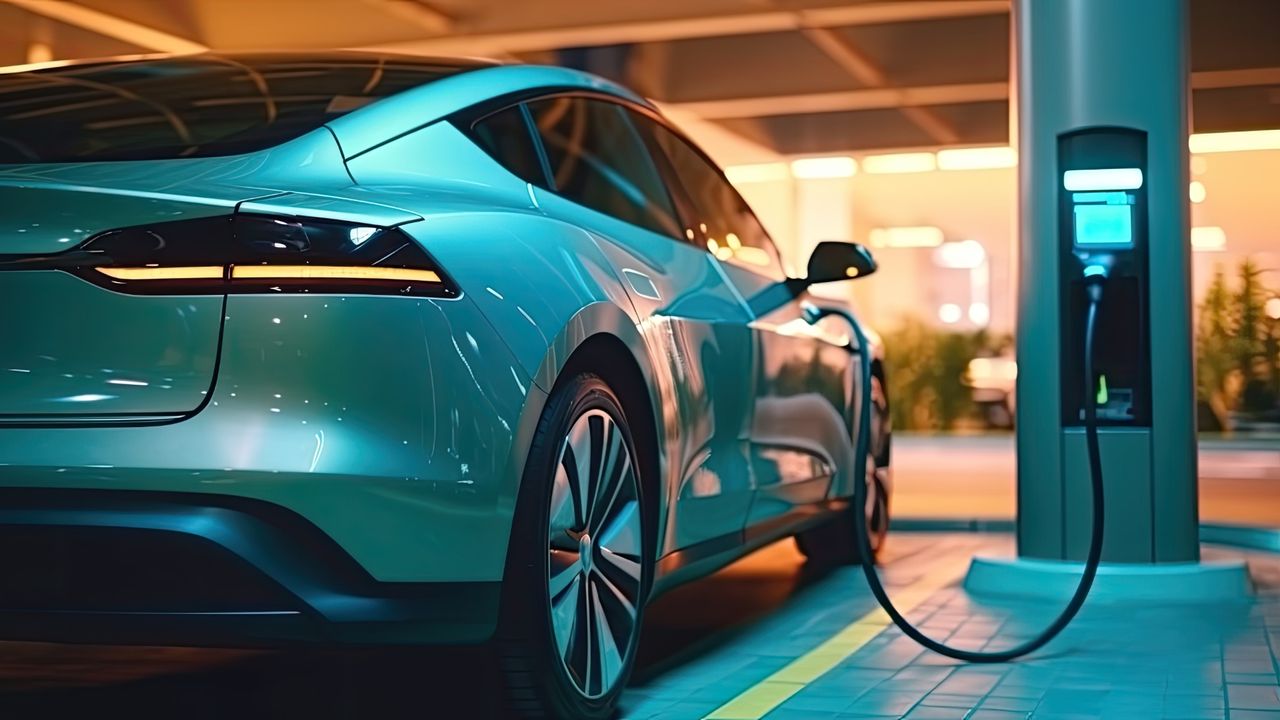Electric Vehicle Adoption Rates and Trends: Exploring EV Market Competition, EV Demand, and Government Initiatives
Electric vehicles (EVs) have gained significant traction in recent years as a cleaner and more sustainable alternative to traditional gasoline-powered cars. With advancements in technology, increased environmental awareness, and government initiatives promoting EV adoption, the market for electric vehicles is experiencing rapid growth. In this article, we will delve into the current trends and adoption rates of electric vehicles, while also exploring the competition within the EV market and the role of government initiatives in driving demand.
EV Market Competition
The electric vehicle market has witnessed a surge in competition among automakers, leading to a wider range of options for consumers. Established players like Tesla, Nissan, and Chevrolet have been joined by traditional automakers such as Ford, Volkswagen, and BMW, who have also entered the EV market with their own offerings. This increased competition has resulted in improved technology, longer driving ranges, and more affordable prices for electric vehicles.
Furthermore, the rise of electric vehicle startups, such as Rivian and Lucid Motors, has injected further competition into the market. These new players bring fresh ideas and innovative designs, pushing the boundaries of what an electric vehicle can offer.
EV Demand
As the EV market becomes more competitive, consumer demand for electric vehicles continues to rise. One of the key drivers of this demand is the increasing awareness of the environmental impact of traditional gasoline-powered cars. Electric vehicles produce zero tailpipe emissions, reducing air pollution and mitigating climate change. This eco-friendly aspect has resonated with environmentally conscious consumers who are looking for greener transportation options.
Additionally, the cost of owning an electric vehicle has become more affordable over time. While the upfront cost of an EV may still be higher than a conventional car, the lower operating and maintenance costs, along with government incentives, make electric vehicles an attractive long-term investment. As battery technology improves, the driving range of EVs has increased, alleviating range anxiety concerns and making them a viable option for daily commuting and long-distance travel.
Government Initiatives
Government initiatives play a crucial role in driving the adoption of electric vehicles. Many countries have implemented policies and incentives to encourage consumers to switch to electric vehicles. These initiatives include tax credits, subsidies, and grants for purchasing EVs, as well as the development of charging infrastructure.
For example, Norway has been a frontrunner in electric vehicle adoption, with government incentives such as zero import tax, reduced road tolls, and free public parking for EVs. As a result, electric vehicles account for a significant portion of new car sales in Norway.
In the United States, the federal government offers a federal tax credit of up to $7,500 for purchasing an electric vehicle, depending on the battery capacity. Several states also provide additional incentives, such as rebates and exemptions from sales tax, to further encourage EV adoption.
China, the world’s largest automotive market, has implemented aggressive measures to promote electric vehicle adoption. The Chinese government offers substantial subsidies for EV purchases, invests in charging infrastructure, and imposes strict emission standards to encourage automakers to produce more electric vehicles.
Conclusion
The electric vehicle market is experiencing a surge in adoption rates, driven by increased competition among automakers, growing consumer demand, and government initiatives. As technology continues to advance and more countries commit to reducing carbon emissions, the future of electric vehicles looks promising. With a wider range of options, improved affordability, and a greener alternative to traditional cars, electric vehicles are poised to revolutionize the transportation industry and pave the way for a more sustainable future.
